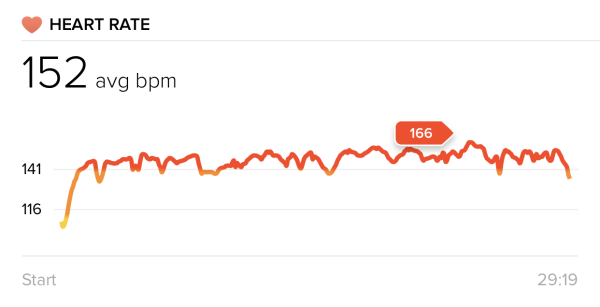In the first part of this exercise series, I talked about mindset and action.
In Part 2, I talked about normalizing your habits and picking consistent, normalized metrics. This doesn't just work at the gym; it applies to life and business as well.
Today, I want to explain how and why this helps. To do so, we will talk about controlling your arousal states.
Watch the video, it is only 90 seconds.
Chemically, most arousal states are the same. Meaning, the same hormones and neurotransmitters that make you feel fear also can make you feel excited. They affect your heart rate, respiration, etc. … Though, the outside stimuli you experience likely determines how you interpret what is happening.
In most situations, a heart rate of 170 beats per minute is an indicator of extreme danger (or an impending toe-tag). If I felt my heart racing like that in a meeting, it might trigger a fight or flight instinct. I prefer conscious and controlled responses. So, I train myself to recognize what I can control and to respond accordingly.
One way I do that is by being mindful of heart rate zones during exercise.
My goal is to get as close to 170 bpm as I can, then stay in that peak zone for as long as possible.
Here is a chart showing a Fitbit readout of a recent exercise session.
As you can see, every time I reach my limit … I get my heart rate back down. It becomes a conscious and controlled learned behavior.
It's a form of biofeedback; it's not only gotten me better at controlling what happens after my heartrate reaches 170 but at identifying when I'm close even without a monitor.
Now, when my heart rate is at 170 bpm(regardless of the situation), I don't feel anxious … I think about what I want to do.
This is a very useful tool.
It's the same with trading … Does a loss or error harsh your mellow – or is it a trigger to do what you are supposed to do.
Getting used to normalized risk creates opportunity.
When you are comfortable operating at a pace, or in an environment, that others find difficult – you have a profound advantage and edge.

